A thorough and thoughtful account of how the O. J. Simpson murder trial went awry, and its continuing negative impact on the judicial system.
Fred Graham, Senior Editor, In Session
and former Senior Editor, Court TV

This book absolutely redefines the meaning of the phrase Inside Story. For all the people who watched the O. J. Simpson trial from the sidelines, the book presents a fascinating, up-close-and personal history. I was a judge on the Los Angeles Superior Court at the time of the Simpson trial, and thought of myself as an insider, but I had no idea what went on behind the scenes, until now. In addition, the book provides an invaluable analysis of the nationwide impact of unprecedented media attention on the criminal justice system.
Florence-Marie Cooper, Judge, United States
District Court, Central District of California
Anatomy of aTrial
Public Loss, Lessons Learned from
The People vs. O. J. Simpson
Jerrianne Hayslett
University of Missouri Press
Columbia and London
Copyright 2008 by
The Curators of the University of Missouri
University of Missouri Press, Columbia, Missouri 65201
Printed and bound in the United States of America
All rights reserved
5 4 3 2 1 12 11 10 09 08
Library of Congress Cataloging-in-Publication Data
Hayslett, Jerrianne, 1941
Anatomy of a trial : public loss, lessons learned from The People vs. O. J. Simpson / Jerrianne Hayslett.
p. cm.
Includes bibliographical references and index.
Summary: This behind-the-scenes look at The People vs. O.J. Simpson by the courts media liaison gives readers an unprecedented look at the interaction of courts, the media, and high-profile trials through interviews and quotations from her own detailed journal and assesses the lingering impact of the trial on journalism, the justice system, and the publicProvided by publisher.
ISBN 9780-82621822-3 (alk. paper)
ISBN 9780-82626655-2 (ebook)
1. Simpson, O. J., 1947Trials, litigation, etc. 2. Trials (Murder)CaliforniaLos Angeles. I. Title.
KF224.S485H39 2008
345.73'025230979494dc22
2008031786
 This paper meets the requirements of the
This paper meets the requirements of the
American National Standard for Permanence of Paper
for Printed Library Materials, Z39.48, 1984
Designer: Kristie Lee
Typesetter: BookComp, Inc.
Printer and binder: Thomson-Shore, Inc.
Typefaces: Minion and Helvetica Neue
To Hilbert H. Hayslett Jr.
Contents

Literally dozens of law review articles have been written on the significance of the O. J. trial: the role played by race; the ethics of the attorneys; the meaning of jury nullification; the significance of domestic violence; and the meaning of forensic evidence. But none of that is the real legacy of O. J. Its just an attempt to find meaning in a trial that should have meant very little. The truth about O. J. is that for one brief moment, the law and the media went crazy and had a lot of sex, and gave birth to a vast sprawling beast that ate us all. With the trial over, life, law, and television returned us to our previously scheduled broadcast.
Dahlia Lithwick, senior editor, We Wont Get OJ-ed Again, Slate magazine, June 9, 2004
Reality is what the public perceives.
National Public Radio news analyst Daniel Schorr
Those who care about the courts must intercept the more knee-jerk proposals of armchair quarterbacks thatif acted onwould undermine years of refinements that help guarantee due process and fairness for all who are involved in a court case. Those who care about the courts should use the Simpson trial as an opportunity to educate the public about the justice system and call for change that improves, not undermines, the system.
editorial, Judicature, SeptemberOctober 1995
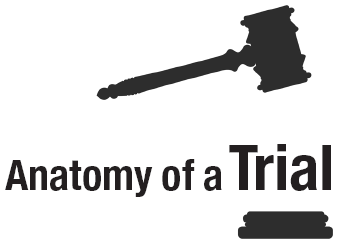
Introduction
The Reality of Perception

When former pro football player and TV pitchman O. J. Simpson was acquitted in the slashing deaths of his ex-wife, Nicole Brown Simpson, and her friend, Ronald Goldman, few foresaw the effect that trial would have on the judiciary and, consequently, on the public. Now, more than a decade after the verdicts, the Simpson trial remains a topic of debate and is cited as a major factor for an increase in such restrictive measures as gag orders, sealed documents, closed proceedings, and courtroom-camera bans. Those measures inhibit the publics access to the courts and its understanding of court proceedings and the judicial system.
No other case in recent times, not even the 2005 Michael Jackson child-molestation trial, has come close to affecting the U.S. judiciary and media access to the courts or shaping public perception as much as the Simpson trial did. Even today, judges, journalists, and lawyers across the country say Simpson changed everything.
While hardly the first case to be called the trial of the century, the Simpson case came to epitomize media excess and perceived judicial mismanagement. It was, and continues to be, the subject of countless news stories. It launched an industry of legal punditry and even, some say, the reality-TV phenomenon. Yet, despite an explosion of news outlets in the past decade, the media and the public now have less access to and a diminished understanding of the third branch of government, thanks in part to the Simpson trial and media coverage of it.
Courtroom cameras were demonized by that trial, and the effects reached far beyond Los Angeles. First California and then other states revisited their procedures; at least one court system ended its camera-access pilot project, another may have decided against allowing cameras, and other countries debated the use of cameras in their courts.
In addition to increased restrictions, the trial spawned a series of national conferences, became the subject of law school courses, and launched a national center for courts and the media. The manifestations of the Simpson fallout are clear, but why did the trial have such an far-reaching and lasting impact?
The answer lies in the intersection of four elements: the character and approach of the trial judge, Lance A. Ito; what was happening off camera; the synergistic effect that the behind-the-scenes activities, the trial participants, the media, a number of peripheral characters, and, most significantly, the judge had on one another; and other judges perceptions of and reactions to the trial and Ito.
Getting at the root causes of the trials impact requires pulling back the medias Oz-like curtain and examining the behavior of everyone associated with the trial. Ito was but one of the players who emerged from relative obscurity to gain quick and lasting notoriety around the world, propelled not only by the case itself but by the attention of pundits and comedians, particularly those on the notoriously irreverent Saturday Night Live. Much of their commentary formed the basis for what eventually became perceived as fact.
The caricature of a weak, starstruck, incompetent judge who succumbed to the sirens of fame and even viewed himself as a celebrity persists as part of the trials lore, which the media revisit and magnify with each new notorious case. That looms large in the minds of many judges who bristle at the mention of O. J. Simpson or Lance Ito. A review of press clippings and sound bites of the trial coverage might prompt one to wonder how such an inept person could have become a judge, much less have been entrusted with a trial guaranteed to play out on a national and, ultimately, an international stage. But exploring now what wasnt reported then helps to shed light on how that image emerged, why the trial created such angst in other judges, and how that affected public access to subsequent court cases.

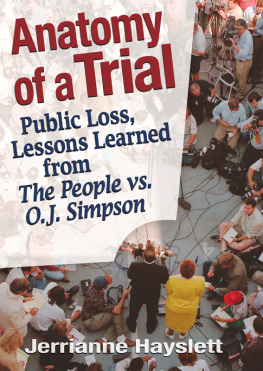

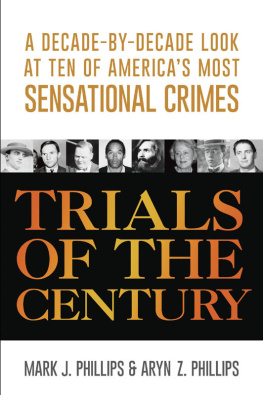
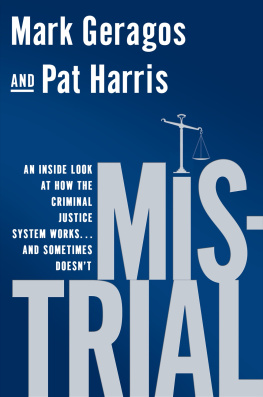

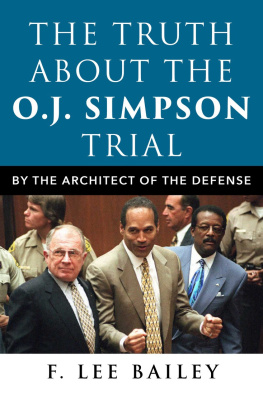
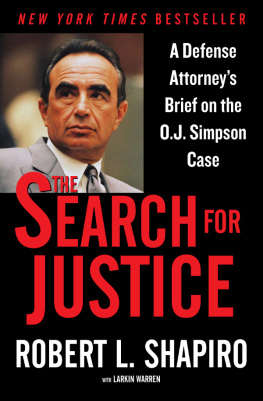
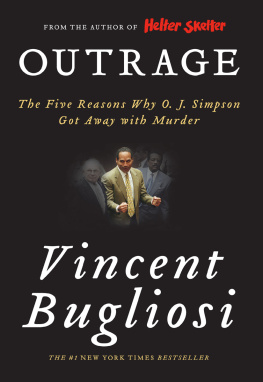

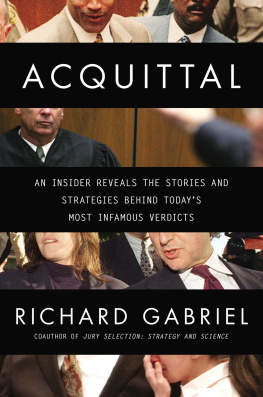
![Sadakat Kadri [Sadakat Kadri] - THE TRIAL: A History from Socrates to O. J. Simpson](/uploads/posts/book/57415/thumbs/sadakat-kadri-sadakat-kadri-the-trial-a.jpg)


 This paper meets the requirements of the
This paper meets the requirements of the